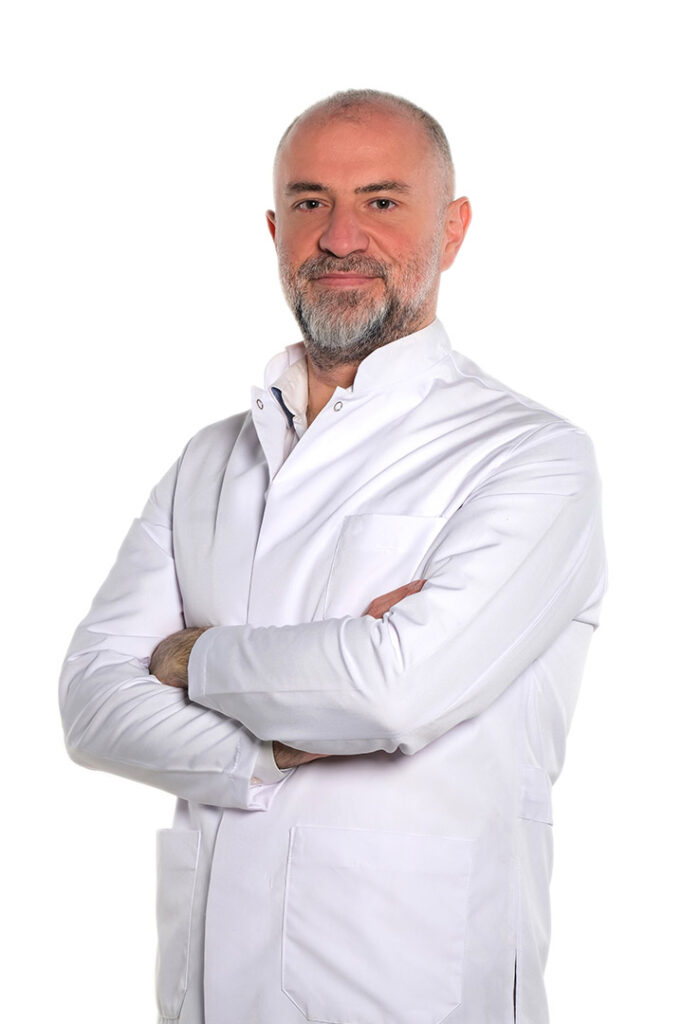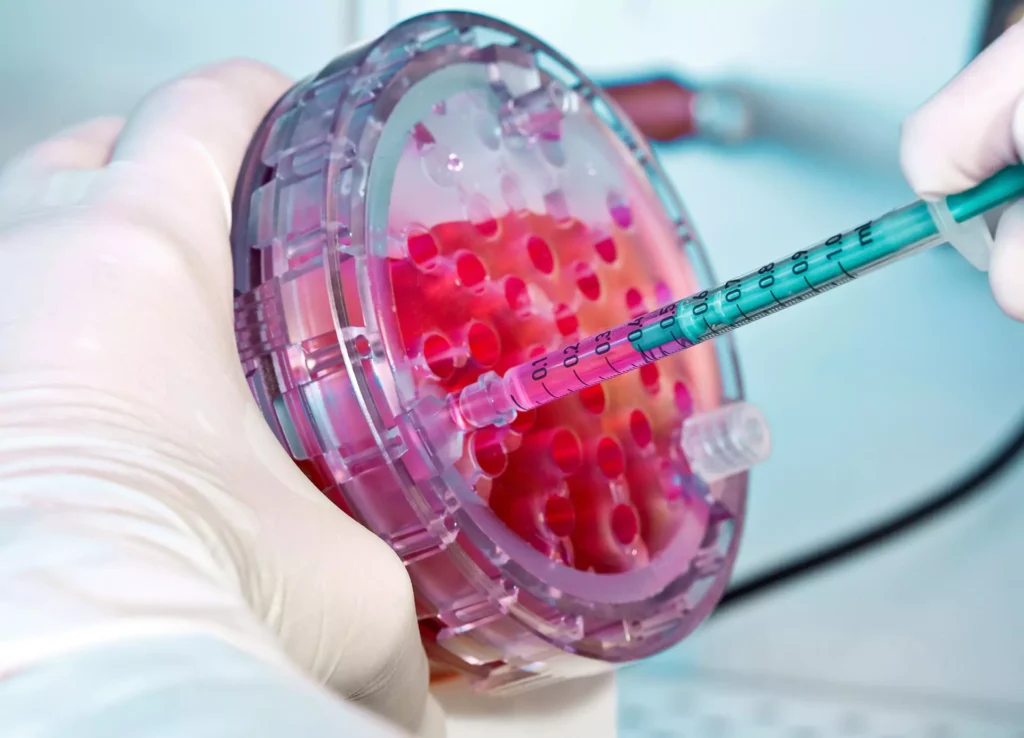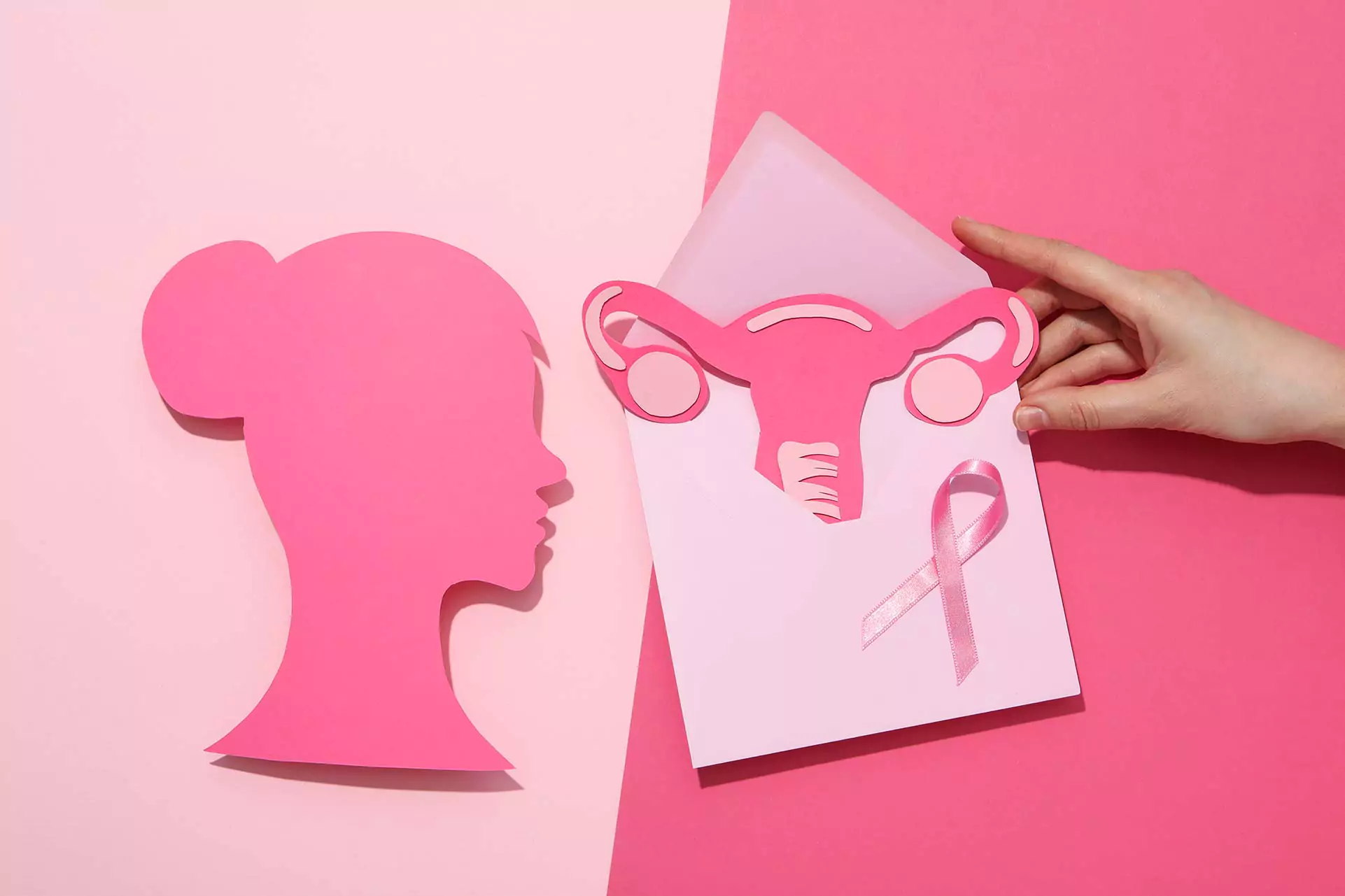Stem cells are special cells that hold a significant place in biological research and medicine. They possess two fundamental characteristics: the ability to self-renew and differentiate into various cell types. The self-renewal capability allows stem cells to divide and produce more of their kind over long periods. On the other hand, their ability to differentiate enables them to transform into the types of cells required for various tissues in the body.
What Is Stem Cell Therapy?
Stem cell therapy is a treatment method that uses these special cells to repair or regenerate damaged or diseased tissues. This therapy is conducted by injecting stem cells into the damaged or aging tissues. Once injected, the stem cells repair or replace damaged cells, promoting the formation of new, healthy cells. Stem cell therapy represents a revolutionary approach in regenerative medicine and cellular therapies, offering potential solutions for numerous diseases.
What Is SVF (Stromal Vascular Fraction) Therapy?
SVF Therapy is a specialized form of stem cell therapy that utilizes stem cells derived particularly from adipose (fat) tissue. This treatment involves isolating stem cells from fat tissue through a specialized process and injecting them into damaged or aging tissues. SVF therapy provides effective solutions in areas such as skin rejuvenation, hair loss, joint disorders, and more.

- Medical Aesthetic Specialist
- Dr Bekir Mutlu Güngör
Stem Cell Therapy in Facial Rejuvenation
Stem cell therapy offers an innovative approach to reducing the signs of aging in the skin. It involves injecting stem cells into damaged or aging skin tissues. The injected stem cells promote the formation of new, healthy cells within the skin tissue, accelerating its natural regeneration process. This results in reduced wrinkles, improved skin tone, and overall enhanced skin quality. By increasing the release of rejuvenating factors such as growth factors and cytokines, stem cell therapy helps the skin regain a youthful and vibrant appearance.
Stem Cell Therapy in Hair Care
Stem cell therapy is also an effective solution for hair loss. It involves injecting stem cells into hair follicles. The injected stem cells repair and renew damaged or non-functional hair follicles, stimulating hair regrowth. By acting on hair follicles, stem cells can slow down or even halt hair loss while promoting the growth of healthier, fuller hair. This therapy is considered an innovative and promising method for combating hair loss.
Stem Cell Therapy for Neck Rejuvenation
Stem cell therapy provides an effective solution for sagging and wrinkles in the neck area. By injecting stem cells into damaged or aging neck skin, this treatment rejuvenates the tissue, improving elasticity and firmness. This process reduces sagging and wrinkles, giving the neck a younger and more vibrant appearance.
Stem Cell Therapy for Hand Rejuvenation
The hands are one of the areas where the effects of aging are often visible. Stem cell therapy helps reduce signs of aging in the hands by injecting stem cells into the skin tissue. This stimulates skin renewal, making the skin on the hands appear younger, healthier, and more vibrant. Stem cell therapy effectively reduces wrinkles and other signs of aging on the hands, restoring a youthful appearance.
Stem Cell Therapy for Joints and Knees
Stem cell therapy is also applied to joints, particularly the knee. This treatment aims to repair and regenerate damaged or worn joint tissues by directly injecting stem cells into the affected area. The injected stem cells assist in repairing the damaged tissue and promoting the formation of new, healthy tissue. This process can alleviate joint pain, improve mobility, and enhance overall joint health. For knees, stem cell therapy supports cartilage regeneration, improving functionality and reducing pain, offering an alternative solution for patients unresponsive to traditional treatments.
Stem Cell Therapy for Erectile Dysfunction (ED)
Erectile dysfunction (ED) is a condition in men characterized by difficulty achieving or maintaining an erection, often due to reduced blood flow, nerve damage, hormonal imbalances, or psychological factors. Stem cell therapy has emerged as a promising new treatment method for ED. It involves injecting stem cells derived from the patient into the penis. These cells repair or renew damaged tissues, improve blood flow, and support the healthy function of penile tissues, effectively addressing the underlying causes of ED.
How Is Stem Cell Therapy Administered (SVF Therapy)?
SVF therapy begins with collecting stem cells from the patient’s adipose tissue. These cells are processed in a laboratory and directly injected into the damaged or diseased tissue. The entire procedure takes approximately two hours. Injected stem cells repair damaged tissues and support the formation of new, healthy cells. After the procedure, the patient’s condition is regularly evaluated, and additional treatments are applied if necessary.
Key Steps in Stem Cell Therapy:
- Collection of Stem Cells: SVF therapy starts with harvesting a cell cocktail containing stem cells and growth factors from the patient’s adipose tissue.
- Injection into Target Tissue: Processed stem cells are directly injected into the damaged or diseased area.
- Healing Process: The injected stem cells interact with local tissues to promote healing and regeneration by repairing damaged tissues and supporting new, healthy cell formation.
- Follow-Up and Evaluation: After treatment, the patient’s condition is monitored, and additional treatments or supplements are provided if required.
How Many Sessions Are Needed for Stem Cell Therapy, and How Long Does Its Effect Last?
Stem cell therapy is applied in a single session. The initial effects typically begin to appear within the second week, varying by individual. However, the best results are generally observed around the sixth month. From the moment of application, stem cells initiate collagen repair, with effects lasting up to 12 months.
Unlike other treatments, stem cell therapy becomes more effective over time due to its stimulation of the skin’s self-repair and renewal mechanisms. The longevity of the treatment’s effects depends on the application area and the patient’s skin structure but generally lasts around 4-5 years.









